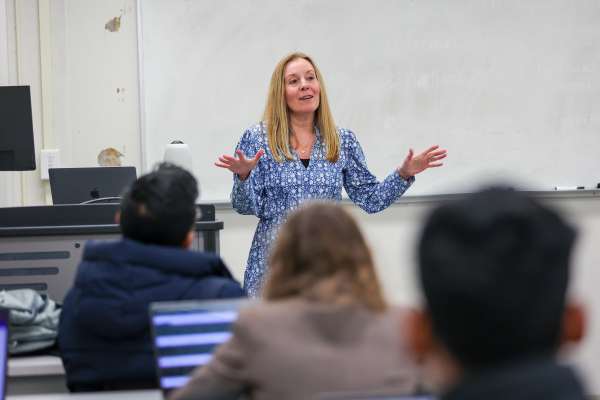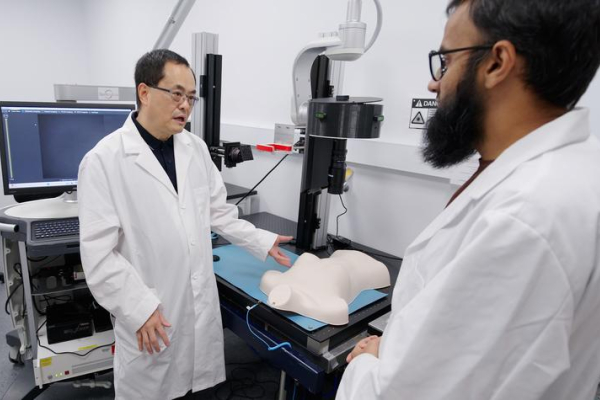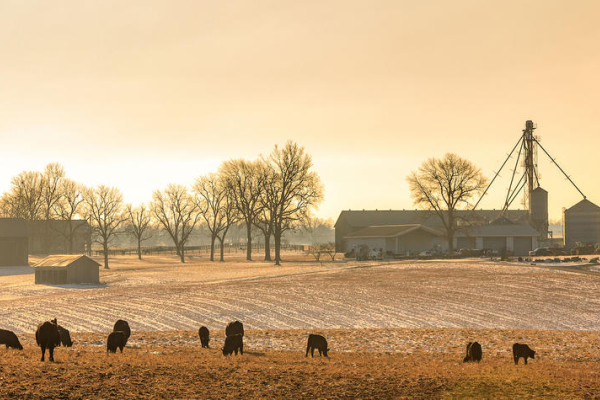'Behind the Blue': Randal Voss, Jeramiah Smith Discuss Axolotl Salamanders and the Keys to Human Regeneration
Regeneration is one of the most enticing areas of biological research. How are some animals able to regrow body parts? Is it possible that humans could do the same? If scientists could unlock the secrets that confer those animals with this remarkable ability, the knowledge could have profound significance in clinical practice down the road.
Scientists at the University of Kentucky have taken this fantasy one step closer to reality, recently announcing that they have assembled the genome of the axolotl, a salamander whose only native habitat is a lake near Mexico City.
On this week’s episode of “Behind the Blue,” UKPR’s Amy Timoney talks with Randal Voss, a professor in the UK Spinal Cord and Brain Injury Research Center, and Jeramiah Smith, an associate professor in the UK Department of Biology. Organisms with larger genomes than humans have been largely impossible to map, due to the remarkable computational burden posed, but Voss and Smith adapted a classical genetic approach called linkage mapping to put the axolotl genome together in the correct order quickly and efficiently – the first genome of this size to be assembled to date.
As proof of concept, Voss and Smith used the assembled data to rapidly identify a gene that causes a heart defect in an axolotl, thus providing a new model of human disease.
Become a subscriber to receive new episodes of “Behind the Blue” each week. UK’s latest medical breakthroughs, research, artists and writers will be featured, along with the most important news impacting the university.
Behind the Blue is available on iTunes, Google Play, Stitcher and Spotify. Transcripts are available for download from the host page here. Become a subscriber to receive new episodes of “Behind the Blue” each week. UK’s latest medical breakthroughs, research, artists and writers will be featured, along with the most important news impacting the university.
For questions or comments about this or any other episode of "Behind the Blue," email BehindTheBlue@uky.edu or tweet your question with #BehindTheBlue.


